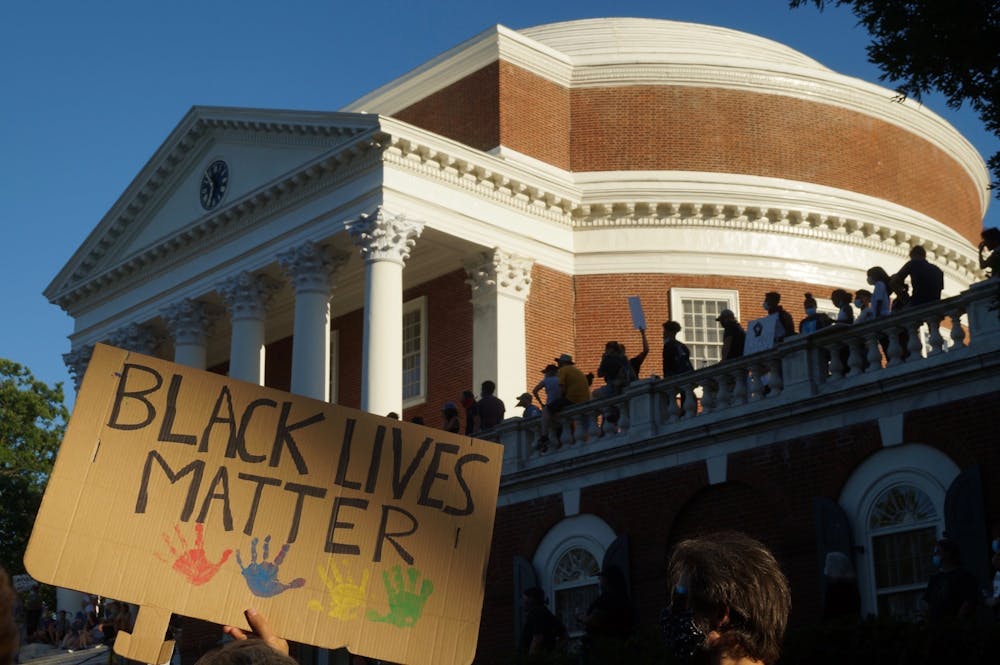There was a virtual markup for the House Committee on Education and Labor in July. Four bills were revised, including H.R. 729, the Strength in Diversity Act of 2021. Debates ensued over the relevancy and effectiveness of the bill — whether it would actually increase diversity, mitigate racism in schools and other points of interest for the committee. The most eye catching argument was one that had nothing to do with the bill. Rep. Bob Good, R-Va., called the bill “Critical Race Theory-inspired,” suggesting that it goes against the American notion that everyone is created equally by God. However, the bill has to do with diversifying schools because studies show that even in the past few years, schools are nearly as segregated by race as they were back in the 1960s. With this in mind, where exactly did CRT come from?
Since political correctness resurfaced in America in the 1970s and 80s, it has increasingly been mocked and utilized in scare tactics against liberalism or modernity. Often characterized in these scare tactics is an attempt to discredit someone based on the notion that their views are rooted in feelings of guilt — white guilt, especially — or sensitivity instead of logic. One example of this was opposition to the Oklahoma Racial Mascots Act, which many derided as political correctness being taken too far. Another was the defense of Donald Trump’s derogatory statements about women being “locker room talk.” Moreover, in the cases such as the committee meeting, the opposer accuses the other as actually being what they are against. The representative claims that the bill to increase diversity and CRT actually incites unequal treatment. This practice has won elections and produced censorship policies by making people feel as though being mindful of others is a sign of weakness that will ultimately end America.
Thus, diversity and division have come to mean the same thing over the past year. Words such as race, identity politics and pronouns have been accused of disrupting the general peace that was never present amongst different groups of people. What happened at the committee markup is not the first of its kind, nor is it the last. It is a way of thinking that threatens actual solutions because it conflates one thing with something completely different. Diversifying K-12 schools does not automatically mean Critical Race Theory will be taught to either students or teachers, but by pushing the two ideas together, one can cause an outbreak of anger.
The outbreak of anger against Critical Race Theory comes from politicians, teachers, commenters and perhaps even students. The problem is that they often take extreme aspects of CRT and make it the focal point. Furthermore, they act as if one has to teach all aspects of CRT or not teach it at all. In reality, schools could teach that race is a social construct and racism is ongoing in America while rejecting the notion that some activists hold about white people inherently being oppressors. Instead, the critics of CRT take those less-than-subtle notions that are not CRT and magnify them into what CRT is. Even if it is taught with those — as some people would say — extremes, it is taught in that capacity in law schools and other post-secondary areas of study. It would not be taught that way to third-graders who cannot even spell the word “oppressors.” However, the nightmarish idea that it would be is very useful to many for several reasons.
Magnifying CRT’s unpopular claims and linking them to anything dealing with race such as Diversity, Equity and Inclusion or Racial Sensitivity Training is a highly effective scare tactic. Republicans are using it to secure votes for midterm elections. Racists are using it as an excuse to mitigate actual progressive policies that are trying to take place by grouping it with the words “Critical Race Theory”. Because no white person wants to be seen as inherently evil, and no other race wants to be seen as inherently helpless, the scare tactic works incredibly well.
For example, Alabama’s State Board of Education critiqued CRT on the basis of preserving “intellectual freedom.” Yet, what is more restrictive than passing laws banning teachers from learning about or introducing any ideas having to do with CRT? Even still, there are little to no American public school curricula that implement CRT. If there is any progress, it is through diversity training, programs for teachers and policy change. K-12 students are not learning a law school concept. If anything, most schools that are implementing new curriculum are doing so to correct the one-sided, untruthful perspectives that were once widely accepted.
The deepest irony in the critique of Critical Race Theory is not the fact that it is not even being taught in most American schools nor that these accusations are usually confused with diversity, but rather that lawmakers contend that they are trying to protect intellectual freedom all the while actually diminishing those same rights. Diversity is not division. If you think that including others who are different is divisive, then it is because what is being taught was only meant for one certain group of people.
Shaleah Tolliver is an Opinion Columnist for The Cavalier Daily. She can be reached at opinion@cavalierdaily.com.
The opinions expressed in this column are not necessarily those of The Cavalier Daily. Columns represent the views of the authors alone.







